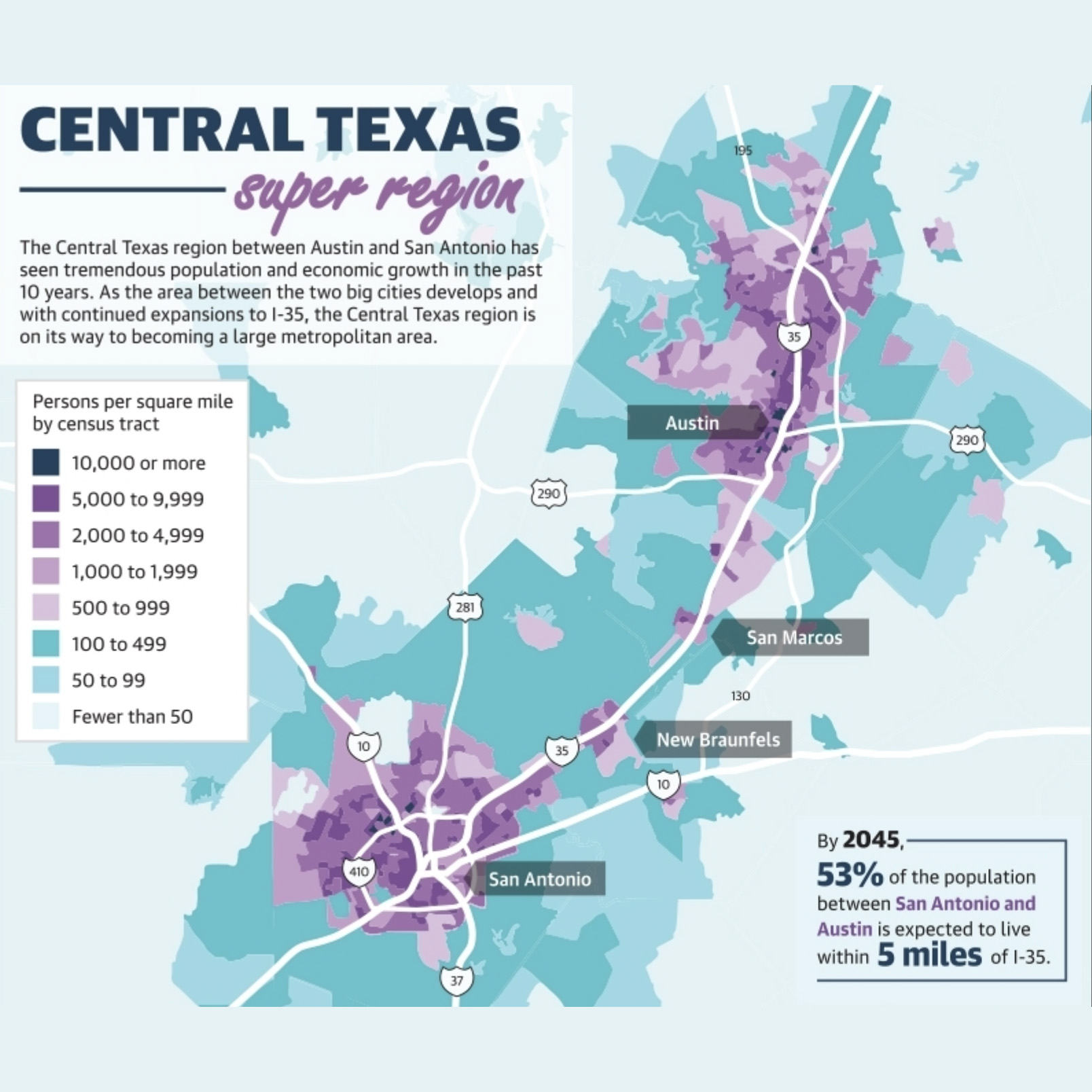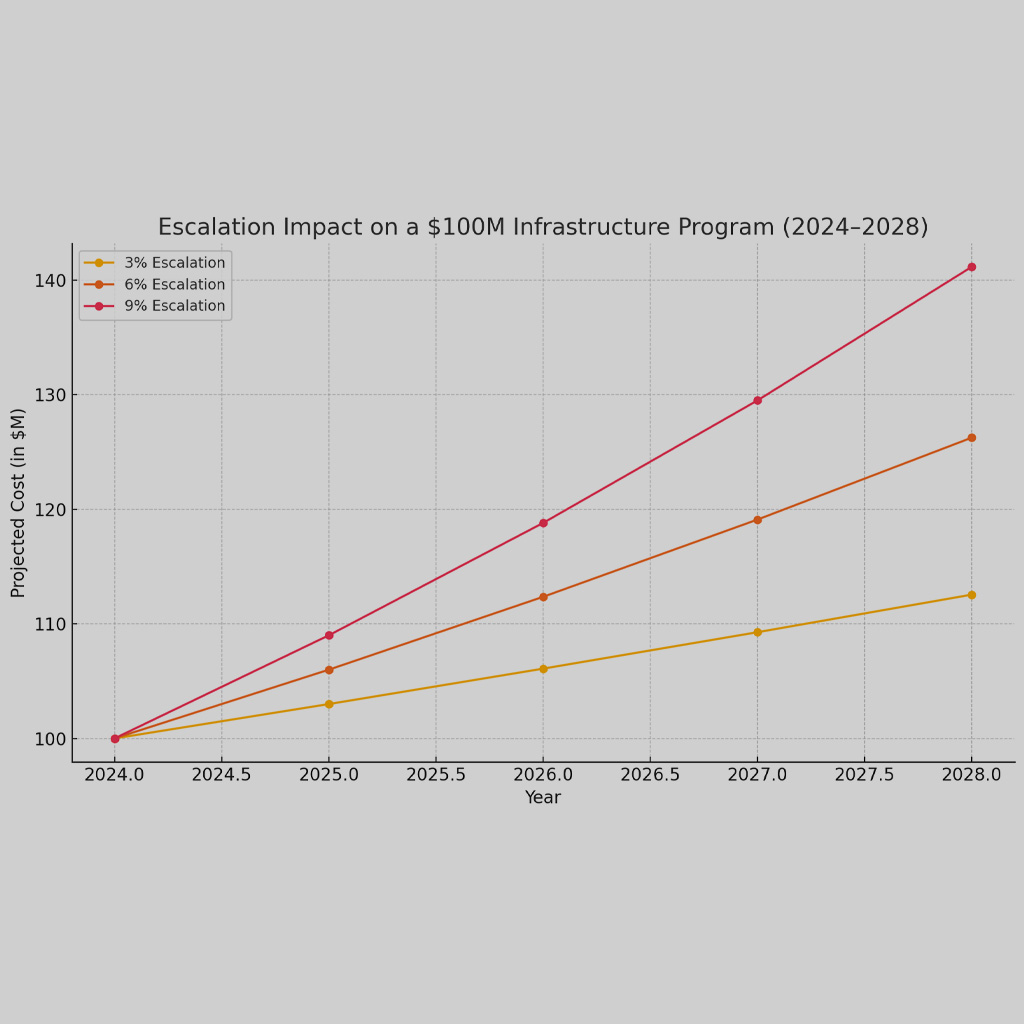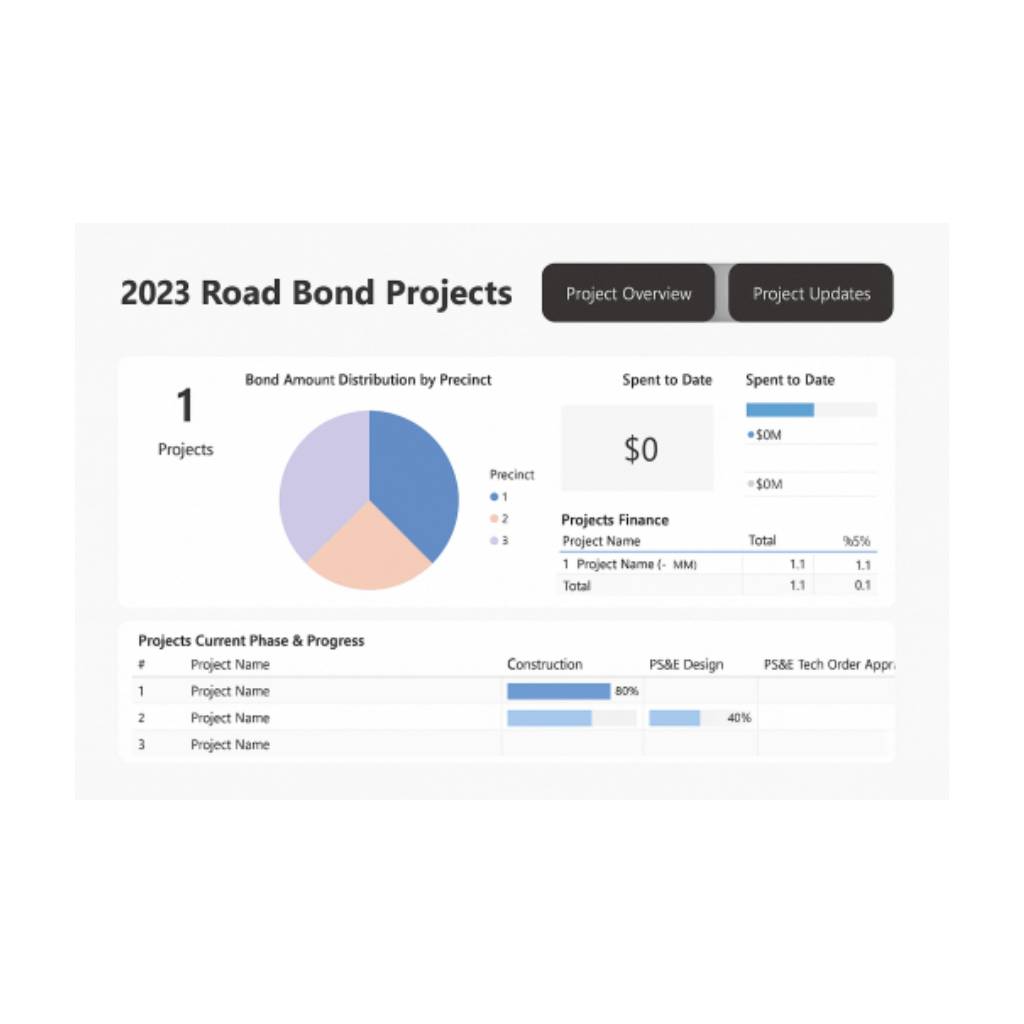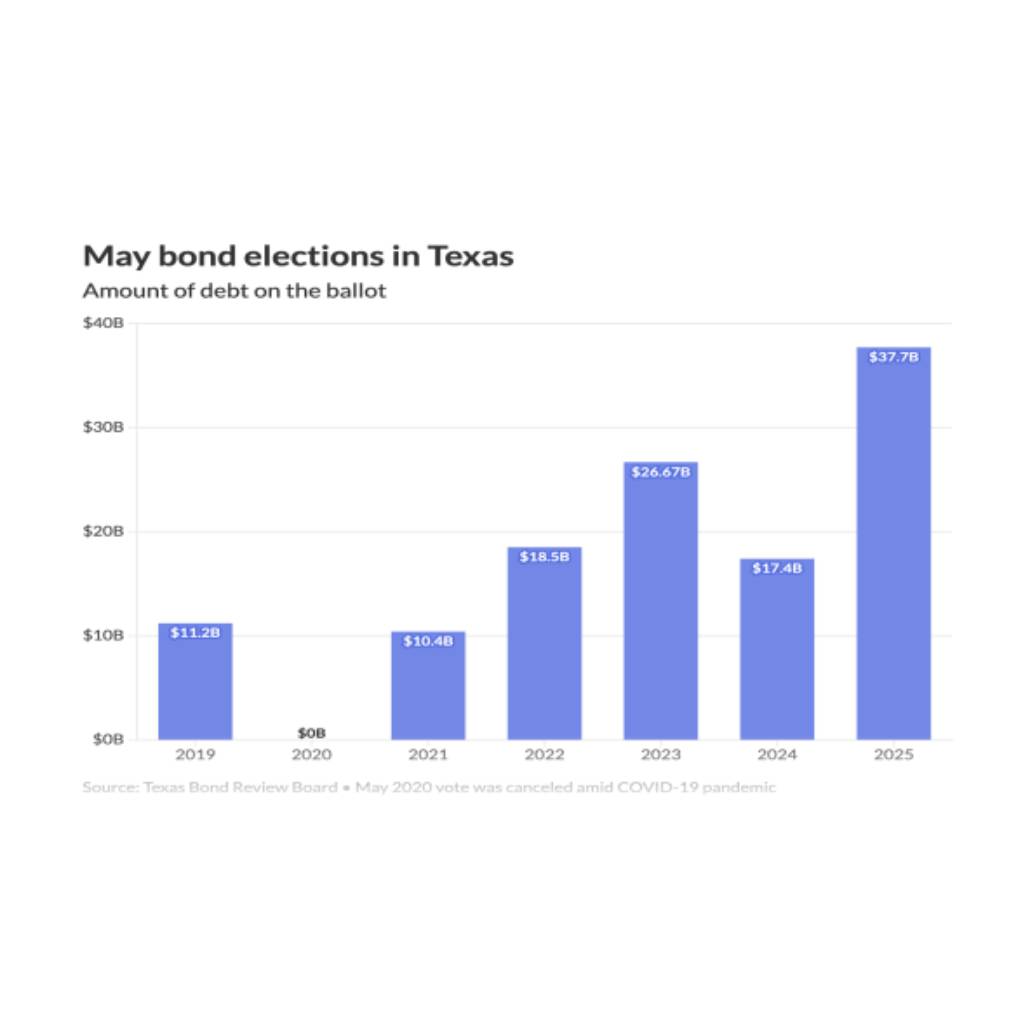

“The best way to predict the future is to design it.”– Buckminster Fuller
Why November’s Bond Election in Hays County is Critical for Future Infrastructure
Hays County is at a crossroads. With rapid population growth, aging infrastructure, and increasing demands for safety and mobility, the upcoming bond election in November 2024 is not just timely but crucial. The proposed bond election, which includes a $450 million bond program, aims to address critical infrastructure needs through various Capital Improvement Programs (CIP) that will ensure the county’s long-term sustainability, financial health, and safety. This essay outlines why the bond election is critical for the future of municipal infrastructure development and how it integrates community engagement, economic impacts, and strategic planning to meet Hays County’s needs.
Population Growth and Infrastructure Demands
One of the most compelling reasons for the 2024 bond election is Hays County’s rapid population growth. Expected to increase by 267% by 2045, this surge necessitates a robust CIP Bond Program to upgrade and expand the county’s transportation networks, public safety facilities, and other essential services. The bond will focus on enhancing regional connectivity and safety improvements, thereby increasing mobility and reducing traffic congestion.
Many areas in Hays County have roads that have remained unchanged despite the rising population. Projects like the Old Bastrop Highway/CR 266, which will construct two lanes with shoulders and turn lanes, are vital for ensuring traffic safety and mobility in key regions of the county. This project, along with others, highlights the importance of continuing the momentum from the 2016 bond program. Projects that were designed or initiated during the previous bond cycle will now be implemented under the 2024 bond, ensuring that no resources are wasted.
Strategic Planning for Sustainable Development
Hays County’s bond program is not just about responding to immediate needs but also about ensuring long-term strategic planning and sustainability. The projects included in the bond proposal have been selected through a community needs assessment that consulted the Hays County Transportation Plan, local municipalities’ plans, and feedback from citizens. This approach ensures that the projects are aligned with both current needs and future growth.
The bond’s emphasis on sustainable development is particularly evident in its strategic focus on environmental impact and urban planning. For instance, Yarrington Road (RM 150, FM 110) Extension is designed to improve regional connectivity by realigning and expanding existing roadways, which will help reduce traffic and emissions in heavily populated areas. Similarly, safety and mobility enhancements like the FM 2001 Gap project, which will construct a four-lane divided roadway with turn lanes, are geared toward reducing accidents and improving traffic flow.
In addition, Hays County’s 2024 bond program includes projects like Goforth Road, where the design incorporates a center turn lane and roundabouts to improve traffic safety and reduce congestion. These projects showcase the county’s commitment to ensuring that its infrastructure development is in line with both municipality financial health and the broader goals of infrastructure sustainability.
Economic and Social Impacts
Investing in infrastructure not only improves public services but also boosts the local economy. The bond program’s economic and social impacts are multifaceted. First, the improved transportation networks will stimulate local economic development by making the county more accessible and attractive to businesses. Enhanced roads will reduce transportation costs and improve logistics, making Hays County a more desirable location for both small businesses and larger enterprises. Moreover, by improving regional connectors like the Dripping Springs Southwest Connection, which will create a four-lane divided roadway, the county is preparing for future economic growth by ensuring that businesses can easily transport goods and services.
The bond will also have a significant social impact. Projects like the Sawyer Ranch Road Pedestrian Walkway, which includes a shared-use path that allows students to walk safely to the Dripping Springs ISD complex, highlight the bond’s focus on community well-being and safety. These kinds of projects go beyond just improving roads—they are about enhancing the quality of life for residents, making it safer for children to travel to school, and providing recreational opportunities through the creation of multi-modal pathways.
Public Safety and Community Engagement
Public safety is another critical component of the 2024 bond program. With the rapid growth of Hays County, ensuring that its public safety facilities are up to date and functional is essential. Projects like the Centerpoint Road Grade Separation over the Union Pacific Railroad are designed to promote safety and reduce congestion, addressing a long-standing need in the community. This project, along with other safety initiatives, demonstrates that the bond program is focused on reducing accident rates and ensuring safer transportation options for residents.
The county has also engaged in extensive community engagement efforts, ensuring that residents’ voices are heard in the planning process. This community-driven approach ensures that the bond program reflects the actual needs of Hays County residents, creating a sense of ownership and trust in the projects being undertaken.
Fiscal Responsibility and Infrastructure Sustainability
Financially, Hays County is in a strong position. The county boasts a robust AA+ bond rating, which reflects its municipality financial health and ability to manage debt responsibly. The bond will be issued gradually, ensuring that the debt remains manageable within the county’s budget and current tax structure. The proposed two-cent increase per $100 of property valuation is a modest investment that will yield significant long-term benefits.
In addition, the county is leveraging state and federal funding opportunities through partnerships with agencies like TxDOT and CAMPO, ensuring that local dollars are maximized for greater infrastructure improvements. This approach not only ensures that Hays County’s infrastructure is built to last but also that it remains sustainable and financially viable.
Conclusion
The November 2024 bond election in Hays County represents a pivotal moment for the future of the county’s infrastructure. By focusing on long-term strategic planning, economic and social impacts, and infrastructure sustainability, the bond program addresses both current needs and future growth. As Hays County continues to grow, investing in its infrastructure is not just a necessity—it is an opportunity to build a safer, more connected, and prosperous future for all residents. The 2024 bond is a critical step in ensuring that Hays County remains a thriving community, equipped to handle the challenges and opportunities of tomorrow.
At Front Line Advisory Group, we manage Capital Improvement programs to ensure they are completed on time and within budget. We make sure every dollar is used wisely to improve our community. For more information or to start your project, contact us at info@frontlineadvisorygroup.com.













